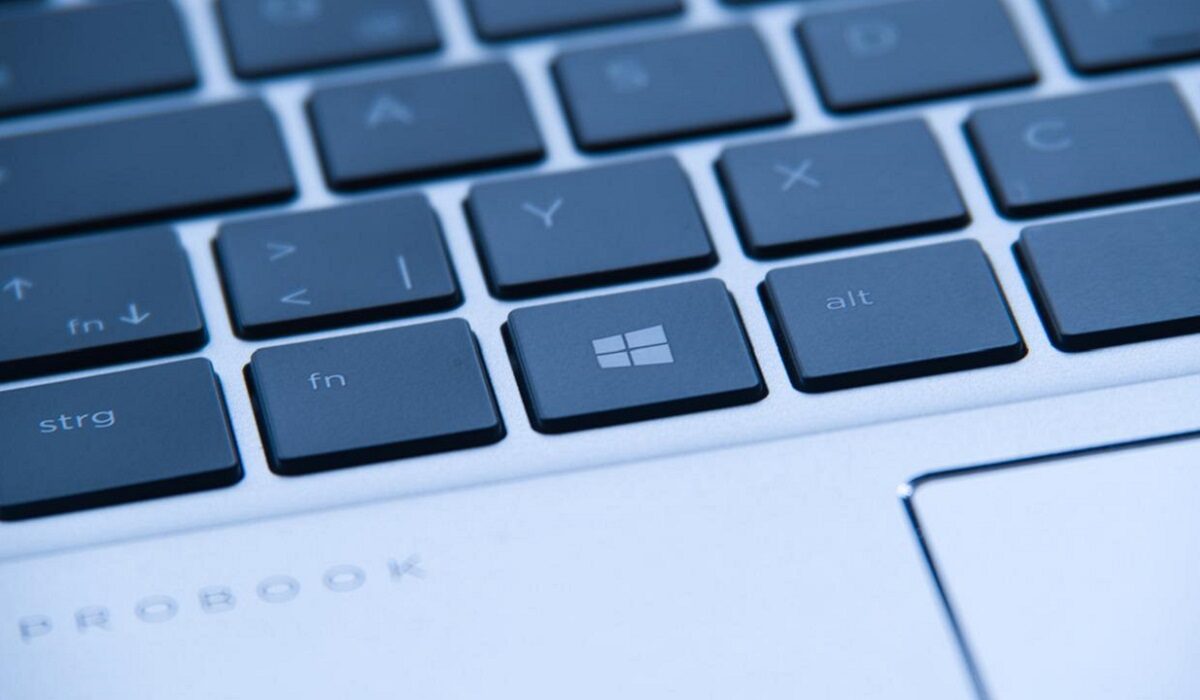If you selected the incorrect language during the original setup or if you’re using a device that has already been set up, you might need to update it on Windows 10. It is possible to adjust the default language on Windows 10 at any moment, regardless of whether you unintentionally selected the incorrect language, merely want to switch to a new one, or your computer was already set up for you.
This process is also not as confusing as some might imagine. If you’d like to attempt changing the system language on your device, you’ll benefit from this helpful guide we’ve put together for this purpose.

How Do I Change the Default Language Settings on My Windows 10 Device?
Without having to reinstall Windows 10, you can change the system settings to configure the correct language if you happen to be using it incorrectly. There are other associated functions you need to alter to make sure the process works smoothly, so make sure to pay attention.
Deactivate Language Synchronization
Some of your choices (including language) on Windows 10 when logged in with a Microsoft account will sync across devices. Disabling the option to sync your language settings can help prevent the same settings from being changed on other devices if you only intend to make changes to a particular computer’s settings.
Follow these steps to stop Windows 10’s language preference sync:
● Launch Settings.
● Toggle to Accounts.
● Then select Sync your settings.
● Turn off the checkbox for Language preferences under “Individual sync settings.”
When you’re done, the other devices linked to the same Microsoft account won’t be affected when you change the language settings.
Change the System Language Settings
The following steps will guide you to change the settings of your system’s language:
● Select the top choice that shows in the search result after typing “Settings” into the Windows start menu.
● Select “Time & Language” from the Settings app, then select “Language.”
● Click “Add a preferred language” under “Preferred Languages,” then type the name of the language you want to use on your computer, starting with “Add a preferred language.”
● Click “Next” to install the language pack on your computer after selecting your favorite language.
● Make sure to select “Set as my display language” from the drop-down menu that appears next to the language you’ve chosen on the “Install language features” screen. The “Install language pack” option should also be checked.
● When done, click “Install,” and the pack will start downloading.
● You’ll be requested to sign out of your Windows 10 account after you’re done. Once you’ve done that, sign in again to see your new language.
The language of Windows 10 will switch once you’ve finished the procedure; this includes the Sign-in screen, Settings app, File Explorer, Desktop, programs, browser, and websites you visit.
Adjust System Region Settings
If you need to update the language settings because you are in a different region, it means that you will also need to change the region settings.
Follow these procedures to modify the Windows 10 local region settings:
● Launch Settings.
● Then select Time & Language.
● Select Region.
● Choose the current location using the “Country or region” drop-down menu under the “Region” section (if applicable).
● Choose the date and time formats for the area from the “Current format” drop-down menu under the “Regional format” section (if applicable).
● Select Language.
● From the “Related settings” column, choose Administrative language settings.
● Navigate to the Administrative tab, then click it.
● Click the Change system locale button located under the “Language for non-Unicode programs” section.
● With the “Current system locale” drop-down menu, choose the new system locale language.
● Choose the OK option.
● In the “Administrative” tab, hit the Copy settings button.
● Check the selections for the Welcome screen, system accounts, and New user accounts beneath the “Copy your current settings to” section.
● Choose the OK option.
● Once more, press the OK button.
● Select “Restart now” from the menu.
The adjustments will take effect once you’ve finished the steps outlined above, and the computer will then use the appropriate region settings.
On Windows 10, you typically don’t need to switch to other languages or install more languages. Changes to these settings might however be useful in businesses that work with people who have varied preferences and need to use different settings. Additionally, if you move to another location or purchase a new gadget that comes from another country, being able to match the locale settings is a useful tool.
Summarily, changing the system language on Windows devices is pretty easy, and the instructions we’ve provided in this guide should help you achieve this easily.
- Don’t miss our mobile phone reviews.
- Follow our news on Google News.
- Join our WhatsApp Group, to be notified of the most important articles and deals,
- Follow us on Instagram, Facebook, Twitter, and YouTube.

